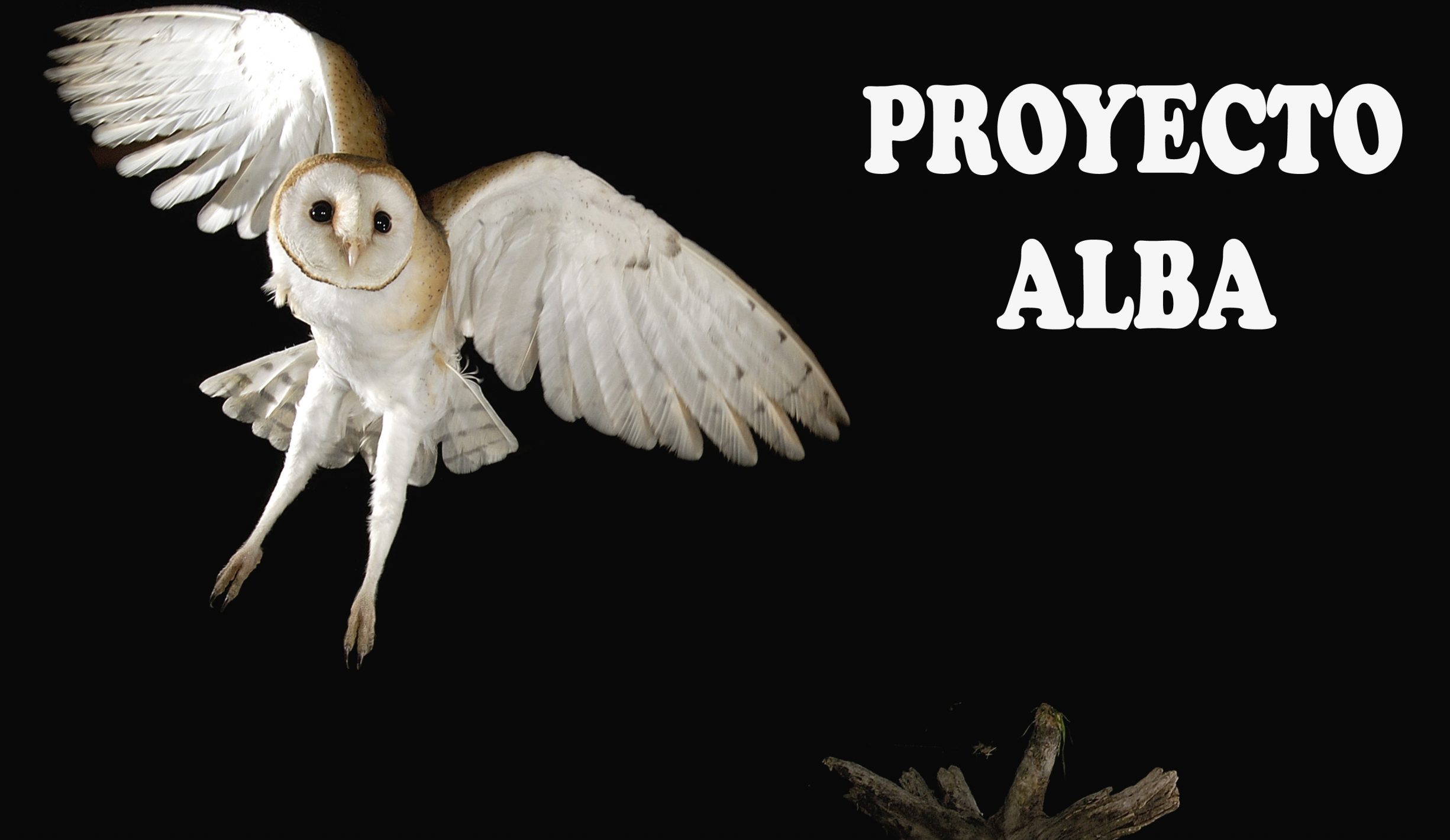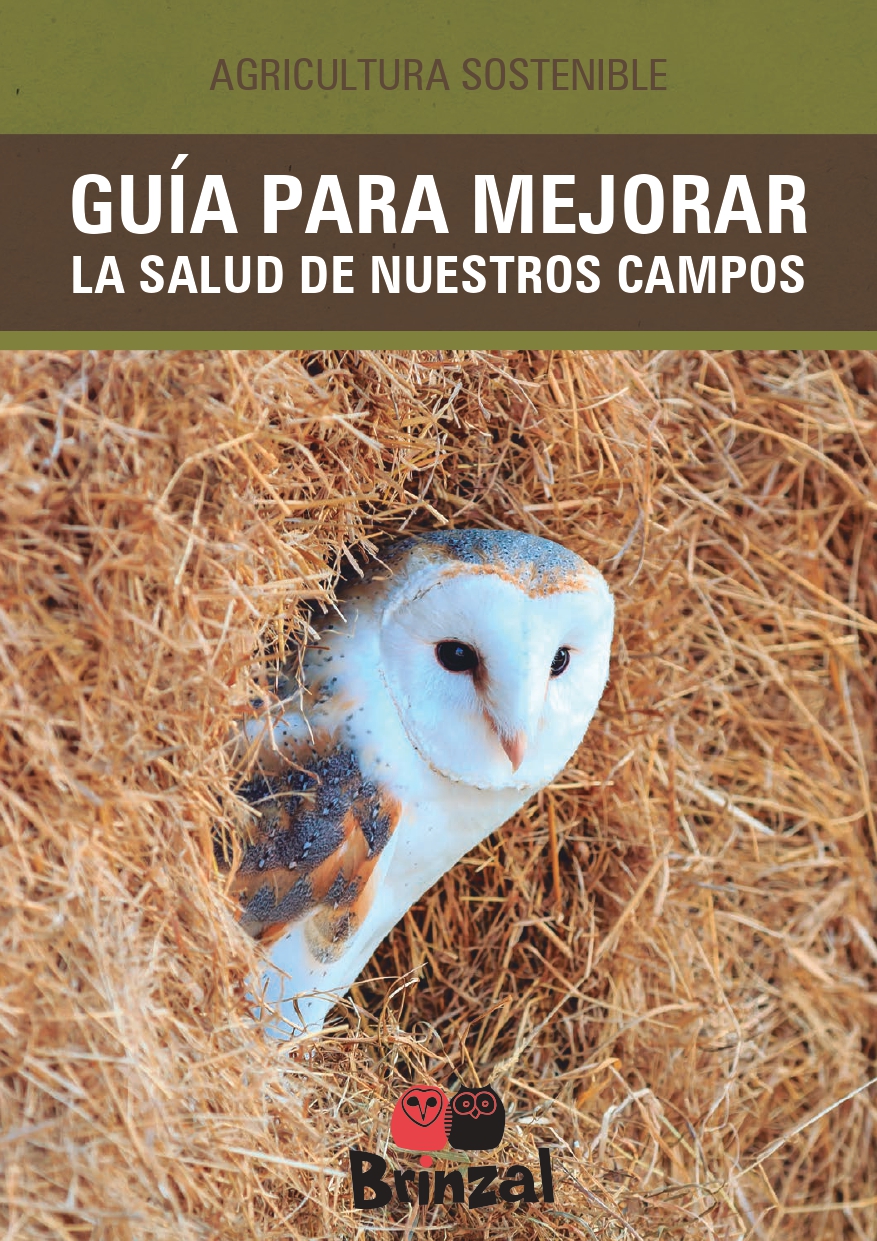La Lechuza Común (Tyto alba) está experimentando una acelerada regresión en sus poblaciones en el centro peninsular. En 15 años, la Lechuza común ha pasado de ser una especie abundante y casi homogéneamente repartida por la Comunidad de Madrid a contar con un número alarmantemente bajo de parejas.
Se trata de una situación compartida con otras muchas otras especies de aves ligadas a este tipo de hábitats, y está estrechamente relacionada con la intensificación agraria, que supone la desaparición de linderos y manchas de vegetación natural o el uso sistemático de agroquímicos. Esto provoca una disminución en la disponibilidad de presas, e impacta negativamente sobre la productividad y el recambio poblacional necesario para la sostenibilidad de las poblaciones de estas especies.
Históricamente, la Lechuza y otras muchas especies, se han beneficiado de la actividad agrícola, ya que les proporcionaba un hábitat en el que disponían de refugio y alimento. A su vez, la Lechuza es un ave muy beneficiosa, ya que se alimenta precisamente de los micromamíferos que causan daños a los cultivos, como los topillos.
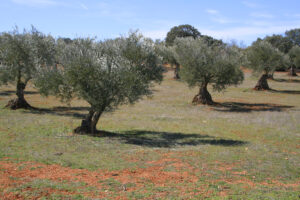
Desde BRINZAL llevamos más de una década ejecutando proyectos de conservación dirigidos a estas especies dependientes de medios agrarios, como Un Mochuelo en Cada Olivo, AgroSOStenible o las diversas fases del Proyecto Alba.
FASE I: Conservación de rapaces nocturnas ligadas a medios agrarios (2018)
En 2018 se puso en marcha este proyecto, conocido como Proyecto Alba. Durante este proyecto se realizó un censo de la especie en la Comunidad de Madrid, que arrojaron una población estimada de sólo 25-37 parejas en la región, lo que significa una disminución cercana al 70% en los últimos 20 años.
El resultado del análisis comparativo de distribución mostraba que la Lechuza Común había disminuido drásticamente y rápidamente en la Comunidad de Madrid desde 1994, tanto en el número de cuadrículas UTM de 10 x 10 kilómetros ocupadas, como en el número de parejas reproductoras, con unas cifras alarmantemente bajas, y más, teniendo en cuenta las densidades que alcanzaba la especie hasta hace pocos años.
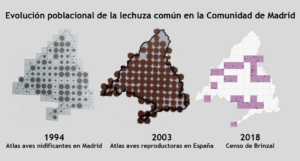
En la actualidad se reparte en tres zonas bien definidas: cuenca del medio Jarama y Henares (noreste de Madrid), sur del área metropolitana y cuenca del Guadarrama (oeste de Madrid). Además, ha desaparecido totalmente de zonas agrícolas históricamente óptimas, como el sureste de la región.
Esta fase del proyecto se realizó con el apoyo de la Consejería de Medio Ambiente, Administración local y ordenación del territorio de la Comunidad de Madrid y con el apoyo de la empresa de cosmética natural LUSH.
FASE II: Influencia de los usos agropecuarios en la ecología de las especies silvestres amenazadas: el caso de la Lechuza Común (2019)
En 2019, se ejecutó la segunda fase del Proyecto Alba. En el marco de este proyecto se profundizó en el conocimiento de los factores implicados en su declive. Se realizaron estudios de selección de hábitat, y de disponibilidad y uso de recursos tróficos, así como una elaboración de propuestas técnicas para trasladar a las administraciones competentes.
El estudio de selección de hábitat nos permitió conocer los requerimientos de la especie que limitan su distribución. El cereal de secano es el hábitat seleccionado mayoritariamente. Estas son las zonas de campeo donde las lechuzas obtienen su alimento. El suelo urbano y el industrial arrojan diferencias también significativas: proporcionan lugares de nidificación. Las áreas forestales, por el contrario, son evitadas sistemáticamente. El resto de agrupaciones de hábitat (regadíos, otros cultivos, praderas y pastos, etc.) no arrojan diferencias estadísticamente significativas. A pesar de ello, un buen número de parejas se instala en dehesas ganaderas.
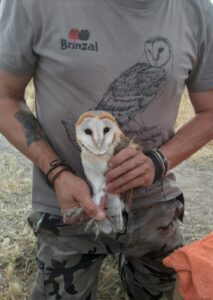
Así pues, es evidente que la actividad humana, tanto agrícola como ganadera, brinda las condiciones que las Lechuzas necesitan. Sin embargo, la pérdida de hábitat agrícola de secano en la Comunidad de Madrid desde 1990 ha sido mínima, no existiendo por tanto una relación directa entre la distribución de la especie y la cantidad de hábitat aparentemente disponible.
El estudio de la disponibilidad y uso de recursos tróficos, demostró que el índice medio de abundancia de las posibles presas de la Lechuza común es el doble en zonas ganaderas que en zonas agrícolas. Esta pérdida de recursos tróficos en los medios agrarios, históricamente más favorables para la especie, puede estar detrás de su disminución o desaparición en zonas como el sureste de Madrid. Resulta especialmente llamativa la gran escasez de potenciales presas de la especie en zonas en las que estaba presente y ha desaparecido en los últimos años, y en los que, además, se practica una agricultura intensiva.
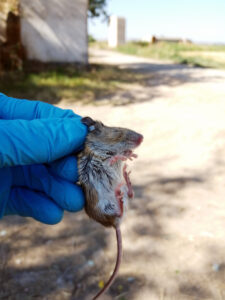
Estas cifras nos dan la idea de que para que se establezcan Lechuzas en terrenos agrícolas, ha de existir poblaciones significativas de micromamíferos en ellas. Si bien continúa existiendo gran cantidad de hábitat agrícola de secano, la gestión que se lleva a cabo sobre éste –y que puede cambiar enormemente sus cualidades debe ser la clave que explique la alarmante disminución de los efectivos de Lechuza en Madrid. Por ello, y a pesar de que estos datos son reveladores, se necesita conocer aún la fisionomía del hábitat agrícola que permita la presencia de ésta y otras especies ligadas a estas zonas.
La preocupación por la sostenibilidad agrícola y la conservación medioambiental ha ido ganando peso en la Política Agraria Común con el paso de los años. El Greening o “pago verde” establecido desde 2015, que complementa el pago básico a los agricultores en la PAC, ha incentivado las buenas prácticas medioambientales en la producción agrícola, así como el mantenimiento de superficies beneficiosas para el clima y el medioambiente. Sin embargo, estas prácticas no parece que estén mejorando las tendencias poblacionales de las especies dependientes de los hábitats agrarios.
Las medidas implementadas por el Greening -rotación de cultivos, mantenimiento de pastos permanentes y presencia de superficies de interés ecológicos en las superficies- han propiciado indiscutibles mejoras. Sin embargo, también hay muchos aspectos que se deben mejorar.
Entre las propuestas técnicas trasladadas a las autoridades competentes, se propuso una apuesta valiente por la puesta en marcha de medidas reales y tangibles que se han demostrado eficaces para potenciar la biodiversidad y la salud de los entornos agrarios, como son el fomento de los ecotonos, los barbechos, las lindes y manchas de vegetación natural, las coberturas vegetales, y el cultivo de leguminosas vitales para la conservación de determinadas especies.

Ya que son las prácticas agrícolas las que pueden favorecer la sostenibilidad y la conservación de la biodiversidad, las normativas autonómicas pueden y deben facilitar y fomentar la conversión de cultivos intensivos a ecológicos.
Descarga la GUÍA PARA MEJORAR LA SALUD DE NUESTROS CAMPOS
Esta fase del proyecto se realizó con el apoyo de la Consejería de Medio Ambiente y Ordenación del territorio de la Comunidad de Madrid.
FASE III: Estudio de los factores limitantes y construcción de un modelo espacial predictivo para la conservación de rapaces nocturnas con tendencias poblacionales regresivas: la lechuza común y el mochuelo europeo (2020-2021)
Durante los años 2020 y 2021, se llevó a cabo la tercera fase del proyecto, con el objetivo de optimizar los esfuerzos de conservación en la recuperación de las poblaciones de la Lechuza Común (Tyto alba) , así como del Mochuelo europeo (Athene noctua)-cuyas poblaciones también se han reducido drásticamente en las últimas décadas- a través del conocimiento de los factores implicados en su disminución, relacionando parámetros fisiológicos y reproductivos de parejas de ambas especies con los hábitats ocupados, es decir, conocer cómo el entorno afecta directamente a factores biológicos.
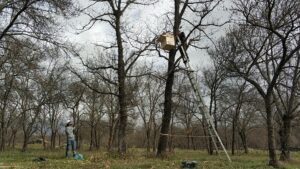
El escaso número de lechuzas en la región, provocó que no se pudiera alcanzar un número adecuado de muestras obtenidas para que el análisis de los datos tuviera validez estadística, pero sí, al menos, se pudo esbozar cuáles son las características que debe presentar un territorio para que resulte adecuado para la especie.
Su preferencia por las áreas de cultivo es clara, aumentando la probabilidad de su presencia cuantas más hectáreas dedicadas a agricultura haya en un territorio. Pero, además, necesita un hábitat heterogéneo en el que haya buena parte del paisaje ocupado por lindes y zonas de vegetación natural, y favoreciéndole la ausencia de carreteras. La presencia de determinadas especies de rapaces, potenciales depredadores, limita la presencia de lechuza pudiendo condicionar su establecimiento en un territorio.
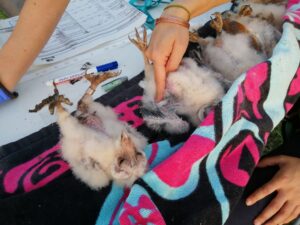
Esta fase del proyecto se realizó con el apoyo del Ministerio para la Transición Ecológica y el Reto Demográfico a través de la Fundación Biodiversidad, con el apoyo de la Fundación Montemadrid y con el apoyo de la entidad financiera Cecabank a través de la iniciativa «Tú eliges».
FASE IV (desde 2022)
Desde 2022 no hay proyecto financiado específico, pero se han seguido ejecutando las actuaciones básicas de seguimiento de las poblaciones de Lechuza Común en el centro peninsular, como recopilación de citas, colocación de cajas nido en lugares propicios, seguimiento de los nidos silvestres y anillamiento de los pollos.
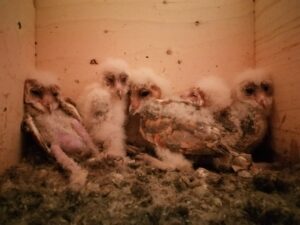
Seguimos trabajando para la conservación de la Lechuza. En 2024, si todo sale como esperamos, tendremos novedades importantes, que esperamos poder contaros lo antes posible.
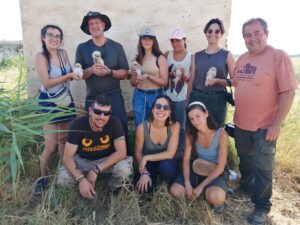
Entidades colaboradoras:




